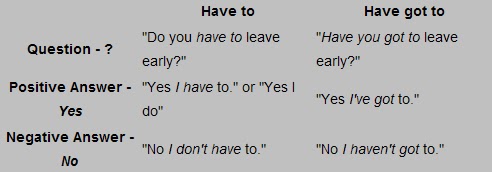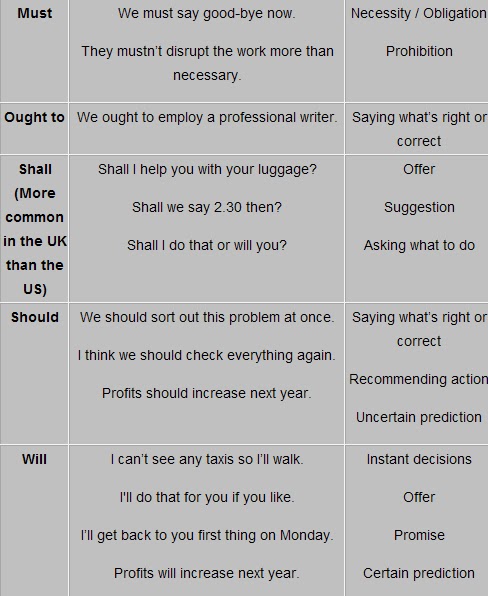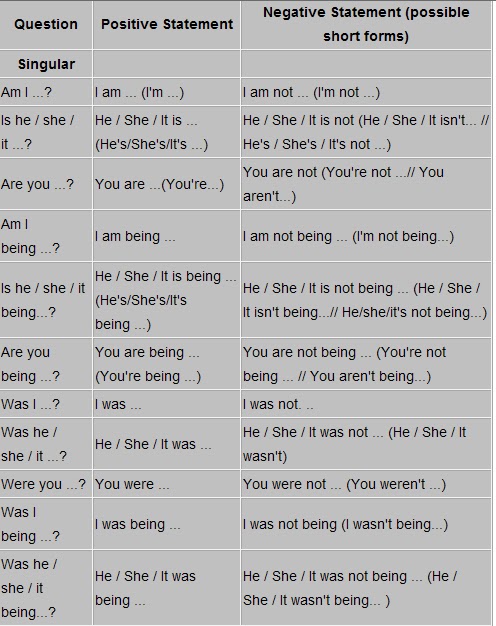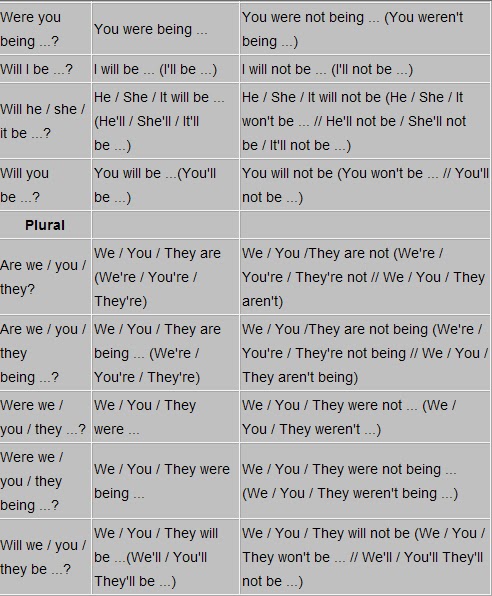The Preposition
Recognize a preposition when you see one.
Prepositions are the words that indicate location. Usually, prepositions show this location in the physical world. Check out the three examples below:
On, in, and beside are all prepositions. They are showing where the puppy is. Prepositions can also show location in time. Read the next three examples:
At midnight, Jill craved mashed potatoes with grape jelly.
In the spring, I always vow to plant tomatoes but end up buying them at the supermarket.
During the marathon, Iggy's legs complained with sharp pains shooting up his thighs.
At midnight, in the spring, and during the marathon all show location in time.
Because there are so many possible locations, there are quite a few prepositions. Below is the complete list.
about, above, according to, across, after, against, along, along with, among, apart from, around
as, as for, at, because of, before, behind, below, beneath, beside, between, beyond, but*
by, by means of, concerning, despite, down, during, except, except for, excepting, for, from
in, in addition to, in back of, in case of, in front of, in place of, inside, in spite of, instead of
into, like, near, next, of, off, on, onto, on top of, out, out of, outside, over, past, regarding
round, since, through, throughout, till, to, toward, under, underneath, unlike, until, up, upon
up to, with, within, without
* But is very seldom a preposition. When it is used as a preposition, but means the same as except—Everyone ate frog legs but Jamie. But usually functions as a coordinating conjunction. Understand how to form a prepositional phrase.
PREPOSITION +OPTIONAL +NOUN,PRONOUN,OR GERUND n
Here are some examples:
At school
At = preposition; school = noun.
According to us
According to = preposition; us = pronoun.
By chewing
By = preposition; chewing = gerund.
Under the stove
Under = preposition; the = modifier; stove = noun.
In the crumb-filled, rumpled sheets
In = preposition; the, crumb-filled, rumpled = modifiers; sheets = noun.
Realize that some prepositions also function as subordinate conjunctions.
Look at these examples:
After Sam and Esmerelda kissed goodnight
After = subordinate conjunction; Sam, Esmerelda = subjects; kissed = verb.
As Jerome buckled on the parachute
As = subordinate conjunction; Jerome = subject; buckled = verb.
Before I eat these frog legs
Before = subordinate conjunction; I = subject; eat = verb.
Since we have enjoyed the squid eyeball stew
Since = subordinate conjunction; we = subject; have enjoyed = verb.
Until your hiccups stop
Until = subordinate conjunction; hiccups = subject; stop = verb.
If you find a noun [with or without modifiers] following one of these five prepositions, then all you have is a prepositional phrase. Look at these examples:
After the killer calculus test
After = preposition; the, killer, calculus = modifiers; test = noun.
As a good parent
As = preposition; a, good = modifiers; parent = noun.
Before dinner
Before = preposition; dinner = noun.
Since the breakup
Since = preposition; the = modifier; breakup = noun.
Until midnight
Until = preposition; midnight = noun.
References:































